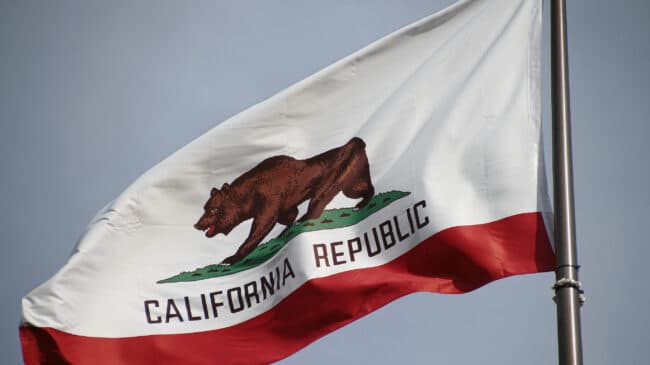This post is the foreword from the policy study: “The impact of California cannabis taxes on participation within the legal market.”
Back in the days before legal marijuana, I undertook to investigate how it might be legalized, taxed, and regulated. While I was partial to a free-market model (as opposed to a government monopoly,) it seemed apparent that marijuana should logically be taxed like other legal intoxicants such as alcohol and tobacco, both to cover the social costs of its abuse, and to offer non-using voters a solid reason to back legalization. There being no better data at the time, I took a clue from the 1893 British Indian Hemp Drugs Report, the most thorough published investigation of an actual, historical legal cannabis regime in British India. The report examined various Indian states’ regimes, ranging from laissez-faire to prohibition. It concluded by commending the state of Bengal as having the most successful and effective system. Bengal exacted licensing fees from producers and vendors and imposed a weight-based excise tax on the wholesale crop. With this in mind, I tried to devise the best comparable tax for marijuana in a modern legal market. Like other cannabis policy wonks at the time, I was worried that the retail price of marijuana might precipitously collapse if it were legalized along the same free-market lines as comparable agricultural crops such as parsley, herbs, or tea. In that case, it appeared retail prices could easily fall as low as a dime per joint. This seemed far too small a value to place on a widely treasured and enjoyable, but potentially habit-forming and impairing, crop. Based on back-of-the-envelope numbers, I figured that an excise tax of about $1.00 per joint or $50 per ounce would be sufficient to sustain a reasonable retail price for the herb.
When California finally legalized cannabis under Prop. 64, lo and behold, it turned out that I had vastly underestimated the cost of the regulations imposed by the new law. In addition to state and local licensing fees, there were elaborate rules on cultivation, retailing, transportation, manufacture, testing, facility siting, ownership, security, storage, on-site consumption, wholesale distribution, seed-to-sale tracking, waste disposal, labeling, packaging, environmental compliance, water usage, etc. ad nauseam. No way was the price of marijuana in danger of plummeting to pennies per joint; rather, it was becoming costly. Nonetheless, on top of that Prop. 64 imposed an ambitious package of cultivation and excise taxes aimed at raising some $1 billion per year for various state programs, and local governments were authorized to levy even more taxes on their own. The situation was further exacerbated by local dispensary bans and licensing delays, which left the state with half as many adult-use dispensaries as there were medical collectives before Prop. 64 was passed. As a result, California’s legal industry has been hard-pressed to compete with untaxed, unregulated providers on the underground market. So dire is the current situation that advocates now fear that the cannabis industry in California faces an “existential crisis” in the absence of meaningful tax reform.
The roots of this crisis are amply documented in Reason Foundation’s timely new report on cannabis taxes in California. The author has helpfully compiled comprehensive data on cannabis prices, taxes, revenues, licensees, and demand that weren’t available in the days before Prop 64. Finding that California lags behind other legal states in licensed cannabis sales, the report estimates that the illegal market accounts for roughly two-thirds of total sales in the state. Based on a survey of various local tax regimes from around the state, it finds that the effective tax rate ranges from $42 to $90 per ounce—more than the wholesale production cost of $35. Analyzing a variety of different tax scenarios, beginning with elimination of the cultivation tax and then progressive reductions in the excise tax, the report provides a helpful roadmap for cannabis tax reform in California. In the end, it projects that even with substantial tax reductions, the state can expect total revenues to rise substantially in the next two years due to increased consumer demand. Substantive tax cuts therefore seem to be a feasible strategy for reducing demand for the illicit market, while still retaining reasonable revenues for the state programs funded in Prop. 64. May this timely report from Reason Foundation prove enlightening to the state’s lawmakers.
Dale Gieringer, Ph.D.
Director, California NORML
Full Policy Study: The Impact of California Cannabis Taxes on Participation Within the Legal Market
